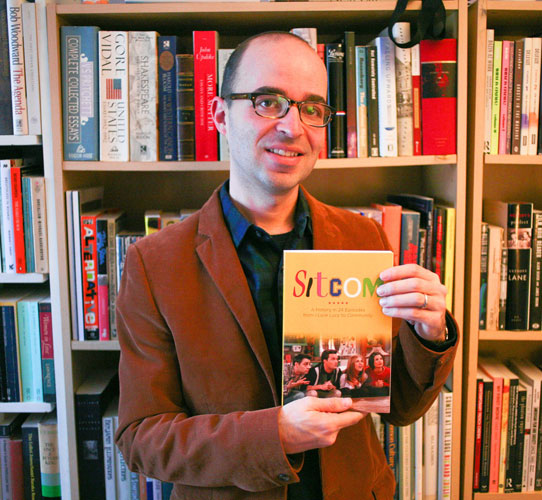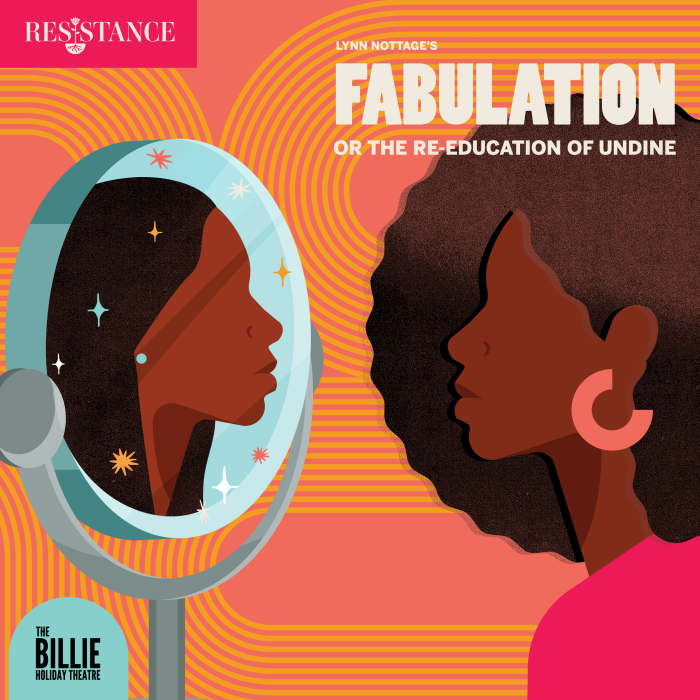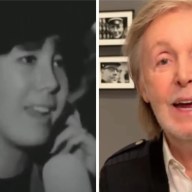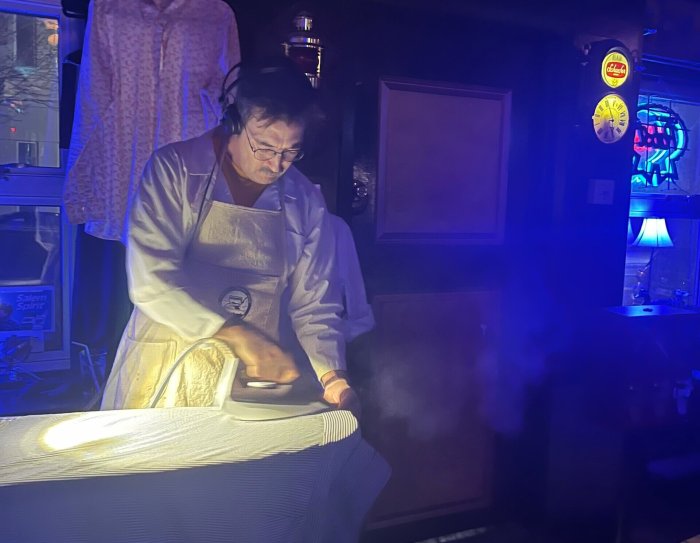Saul Austerlitz has spent more time than most of us in front of screens. From the time he was a young man, he found himself studying and analyzing television shows and movies. Now, the Kensington resident has written a whole book on the sitcom — the appropriately-titled “Sitcom: A History in 24 Episodes, from I Love Lucy to Community,” which he will release at Greenpoint’s Word bookstore on March 18. We spoke to Austerlitz about what makes sitcoms so enjoyable, how they got to be so popular, and which is his favorite.
Danielle Furfaro: Why did your write this book?
Saul Austerlitz: My previous book, “Another Fine Mess,” was a history of American film comedies. I was conscious that there was something I was missing. As film progresses, there is a lot of crossover and responding to what is on televisions. I got interested in trying to research the history of the sitcom to explore that. It was a story that hadn’t been told. There are some books on sitcoms out there, but they are all old. There has been a lot of new material since those books came out, so I took a chance to take a stab at it.
DF: What is an example of how movies changed television and vice verse?
SA: There are all sorts of performers like Bill Murray, Steve Martin, and Mike Myers who got their start on television. One of the big successes is “Wayne’s’ World.” In a broader senses, television in general is always responding to the way the audience thinks of it. That it is somehow sup-bar to movies. Now, sitcoms have more respect for themselves and the fact that television is a medium in its own right, not a lesser younger sibling.
DF: What are some shows that you think helped raised the bar of sitcom?
SA: Early sitcoms engaged with the subject of television in a mocking fashion. While there were a few standouts early on, like the “Honeymooners” and “I Love Lucy,” most of what was on television was junk. As you get to the 1970s, you have a show like “MASH,” which is a comedy with more serious elements, and Mary Tyler Moore, which had character development and plots that stay rather than getting erased at the end of the half-hour. And then “Seinfeld” pushed sitcoms in a new direction, and today there are shows that do not fit the classic sitcom model, like “Louie” or “Girls.”
DF: How did you pare down which sitcoms you would focus on?
SA: I focus on 24 sitcoms and one episode of each one. This kind of episodic focus made sense for telling the story, since we approach sitcoms and remember them through the lens of our particular favorite episodes.
DF: So what is your favorite sitcom?
SA: It’s hard for me not to pick “Seinfeld.” It is such a great show and so consistent all the way through and consistently and endurably, incredibly funny.
Saul Austerlitz reads from “Sitcom” at Word [126 Franklin St. at Milton Street in Greenpoint, (718) 383–0096, www.wordbrooklyn.com]. March 18 at 7 pm. Free.























